The Concept of Non-Destructive Testing for Steel Pipes
Non-destructive testing (NDT) for steel pipes involves inspecting the internal or external defects of the pipes without causing any damage to them. This technology has been widely adopted by major steel pipe manufacturers in recent years. The primary NDT methods used in
seamless steel pipe production include ultrasonic testing, magnetic testing, eddy current testing, and penetrant testing. Each of these methods has specific applications and limitations depending on the pipe’s material and the nature of the potential defects.
Eddy Current Testing Methods for Seamless Steel Pipes
Eddy current testing (ECT) for seamless steel pipes is an effective NDT method, particularly when automated control of the testing system is desired. For seamless steel pipes with an outer diameter of 180mm or less, the conventional pass-through coil method is commonly used in many steel pipe manufacturing facilities. However, when testing seamless steel pipes with diameters exceeding 180mm, using the pass-through coil method can present significant challenges and is not permitted by national standards.
The reason for this limitation lies in the nature of the pass-through coil, which tests a circumferential area of the pipe surface. As the diameter of the pipe increases, the area covered by the coil also increases, leading to a lower signal-to-noise ratio (SNR). Due to this reduction in SNR, the accuracy of defect detection diminishes. Consequently, standards for eddy current testing specify that the outer diameter of the pipe should not exceed 180mm when using the pass-through coil method. Additionally, for large-diameter pipes, the processes of magnetization and demagnetization during pass-through testing pose further challenges. Therefore, both domestically and internationally, point-probe eddy current testing equipment is generally employed for the inspection of large-diameter pipes.
Eddy Current Testing Methods for Large-Diameter Seamless Steel Pipes
Point-probe eddy current testing is known for its high sensitivity, making it particularly effective in detecting axial cracks and fold defects in steel pipes. Furthermore, point-probe ECT can mitigate the impact of environmental temperature fluctuations and workpiece vibration during the inspection process. Importantly, the configuration of point-probe sensors can be adjusted to accommodate the varying diameters of the pipes being tested.
Determining the Testing Approach: Based on the production line’s specific requirements, a testing method was established where the steel pipe moves forward while rotating in a spiral motion, and the sensor remains fixed. The point probe is positioned close to the pipe's surface, ensuring that the entire exterior is thoroughly scanned.
Designing the Testing System Structure: The system integrates a six-channel eddy current probe into a probe carriage. Using a lead screw, the carriage is adjusted to suit the diameter of the pipe being inspected. A pneumatic cylinder provides fine-tuning to keep the probe in constant contact with the workpiece’s surface. To maintain a consistent distance between the probe and the pipe, universal wheels are mounted on both ends of the probe carriage.
Determining the Number of Probes: The point-probe testing method requires multiple sensors to increase the scanning pitch, which in turn enhances testing speed. Although point-probe eddy current sensors are typically small and highly sensitive, they tend to slow down the testing process. Increasing the sensor coverage area can speed up testing but at the cost of reduced sensitivity.
Other Steel Pipe Types Requiring Eddy Current Testing
Besides seamless steel pipes, several other types of steel pipes also require eddy current testing to ensure quality and reliability:
Welded Steel Pipes (
ERW steel pipe,
LSAW steel pipe,
SSAW steel pipe, etc.): The welding process can introduce defects such as lack of fusion or weld seam cracks, which may compromise the pipe’s mechanical properties and pressure resistance. Eddy current testing effectively inspects weld seams, identifying and eliminating potential defects.
Stainless Steel Pipes: Widely used in industries such as chemicals, food, and pharmaceuticals, stainless steel pipes require a high level of product quality. Eddy current testing detects surface and near-surface defects like cracks, inclusions, and delaminations, ensuring the pipes’ reliability in corrosive environments.
Casing
and Tubing: These pipes play a crucial role in oil and gas extraction, facing high pressure, temperature, and corrosive conditions. Eddy current testing helps identify manufacturing defects in
casing and tubing, ensuring their safe operation in harsh environments.
In summary, eddy current testing of
seamless steel pipes is an advanced NDT technology that plays a vital role in improving product quality and reducing production costs. As technology continues to evolve, the application of eddy current testing in seamless steel pipe production will become more widespread, offering significant economic benefits and enhancing the market competitiveness of companies.






 English
English Español
Español بالعربية
بالعربية

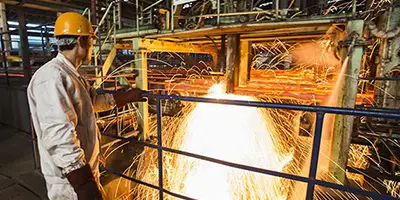
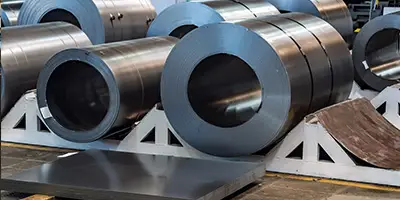

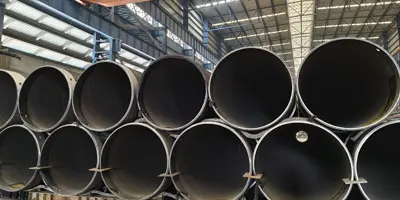

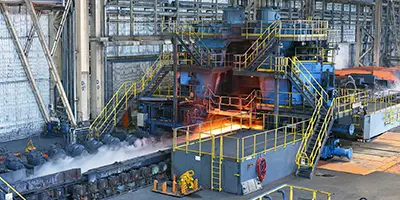



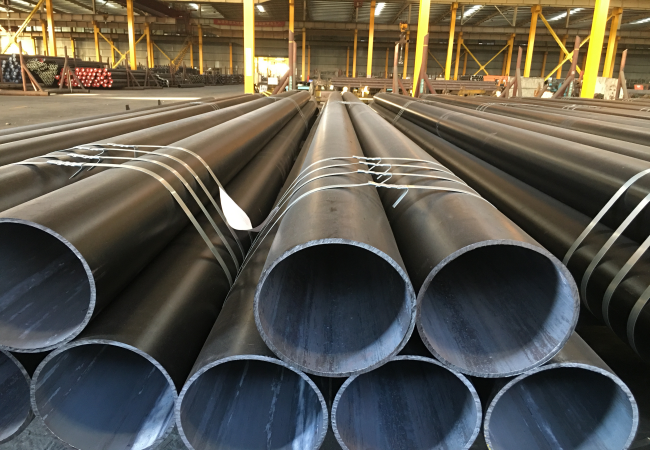
 Phone :
Phone :  Whatsapp :
Whatsapp :  Email :
Email : 


